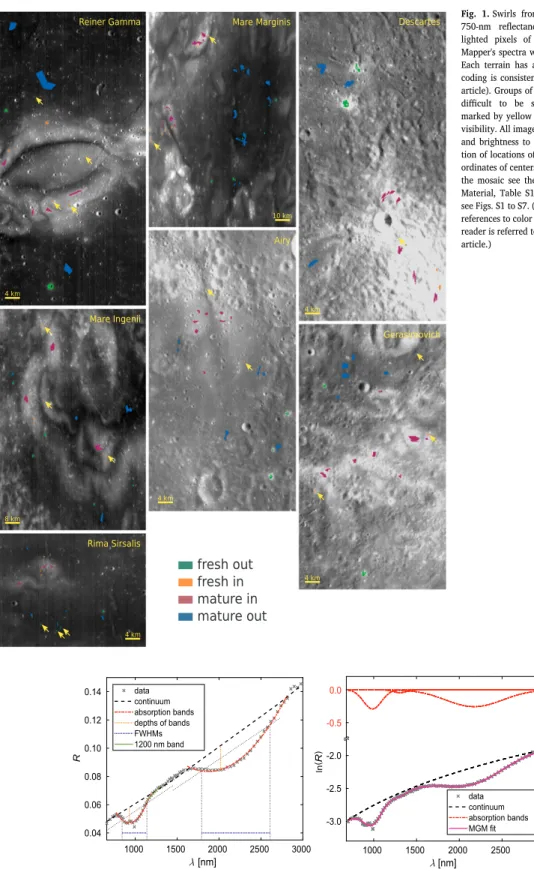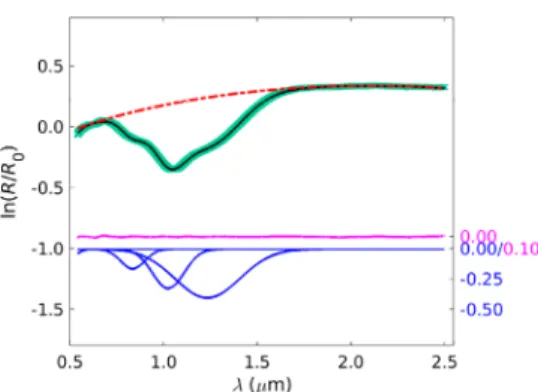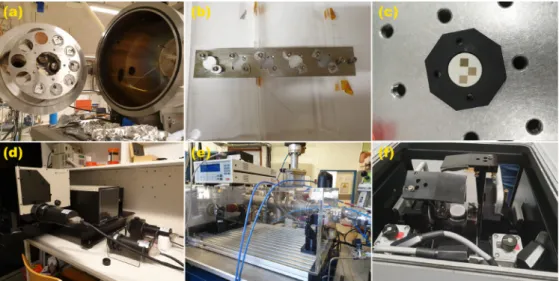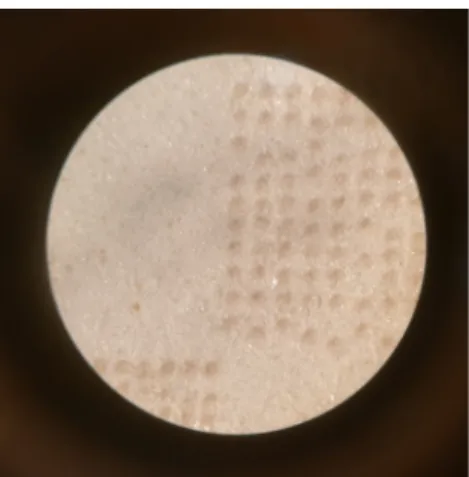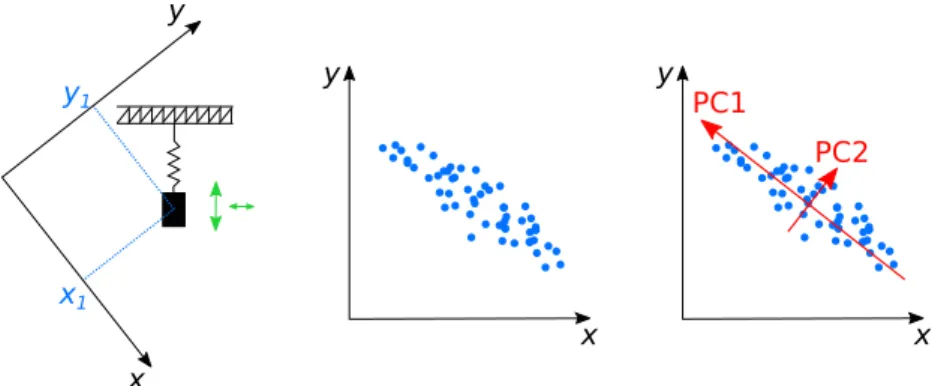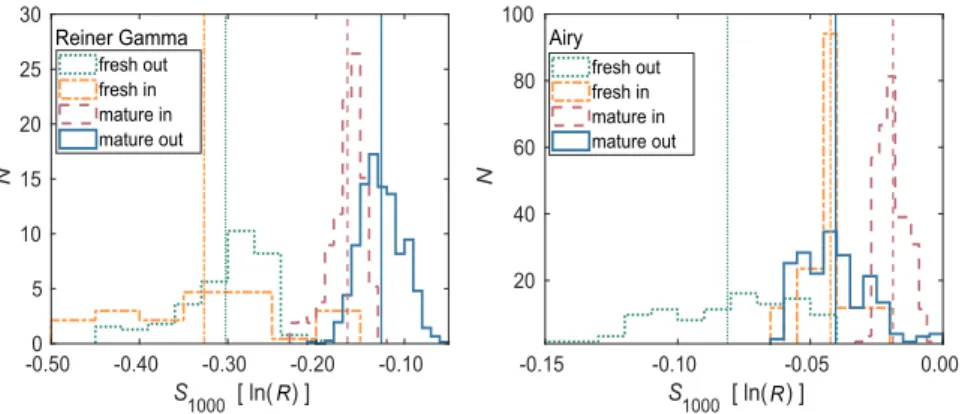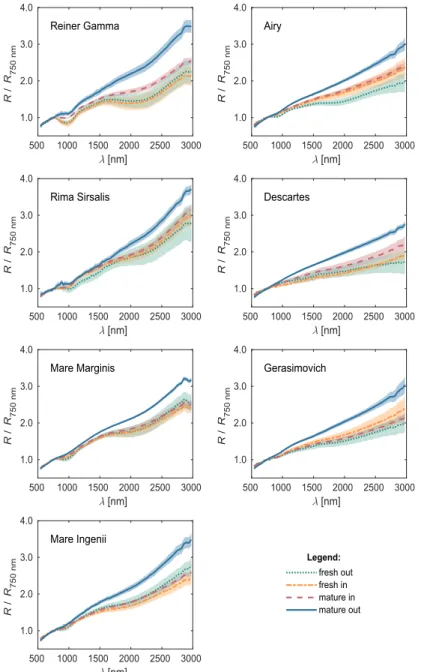Evolution of space weathering and its components – Effect of solar wind and micro-impacts on reflectance spectra of airless planetary bodies. Here I focused on finding the difference between the effect of the two, above-mentioned, space weathering agents on reflectance spectra of silicate-rich airless planetary bodies. The results suggested that there is a difference in the effect of micro-meteoroid impacts and the combination of the two space weathering agents.
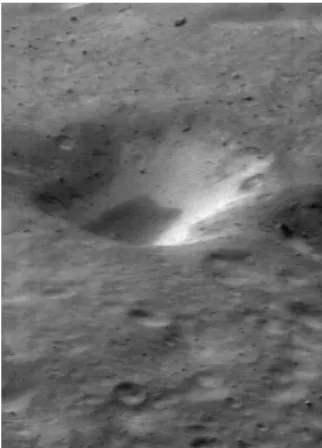
Reflectance spectrum
- Olivine spectra
- Pyroxene spectra
- Changes to the spectral features
- Mid-infrared spectra
- Planetary spectroscopy
- Spectral fits – Modified Gaussian Model
This viewing geometry affects the spectral slope, albedo and the position and depth of the absorption bands. All these changes are due to the dependence of the reflectance curves on the observation geometry (Gradie et al., 1980). One of the most recognized tools, of the last two decades (Clénet et al., 2011), for fitting re-.
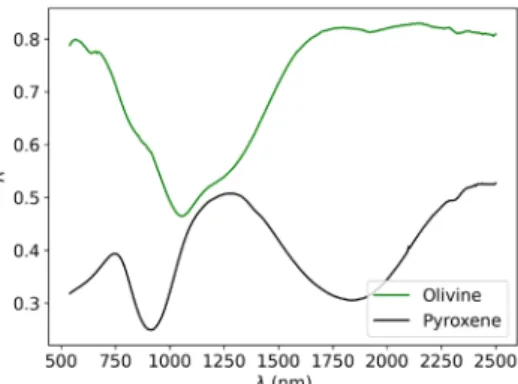
Space weathering
- Lunar space weathering
- Asteroidal space weathering
- Typical space weathering timescales
- Rejuvenation processes
Unbound metallic iron condenses and redeposits on the grain surface (Cassidy et al., 1975; Hapke, 2001). Shortly after their discovery, Schultz et al. 1980) suggested that the vortices originated from a comet impact. Some eddies are positioned at the antipodes of large impact basins on the Moon (Hood et al., 1989).
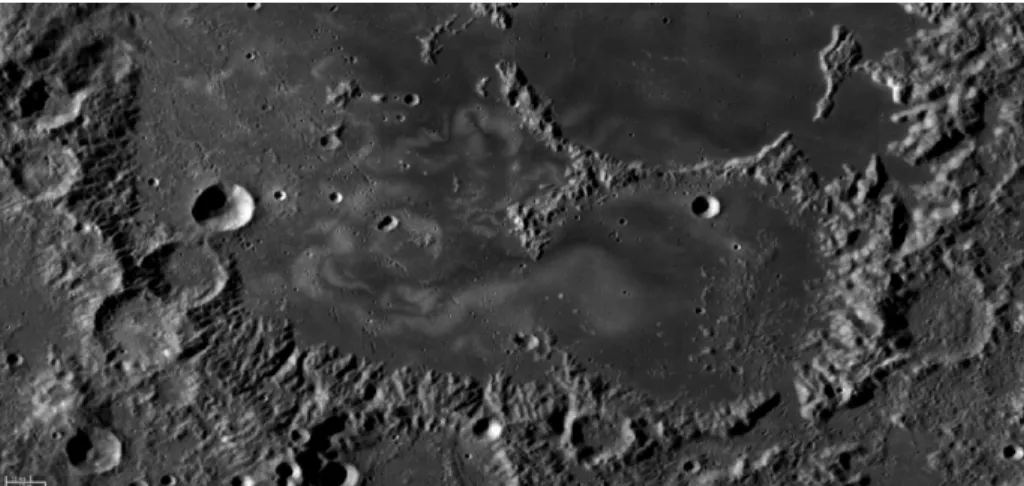
Space weathering laboratory experiments
Solar wind component
Some works also used heavier ions to simulate other components of the solar wind (see, for example, Kaňuchová et al., 2010; Fulvio et al., 2012). Nevertheless, many works used even more than 10 times more energy, see for example Lantz et al. Many studies focused on individual instances, such as Brunetto et al. 2005) who succeeded in estimating the age of asteroid (832).
Micrometeoroid impacts component
By correlating observations of irradiated eucrite meteorites with the observed slopes of V-type asteroids, Fulvio et al. 2012) has succeeded in better explaining the relationship between asteroid Vesta, V-type asteroids and HED meteorites. Also as shown by Fulvio et al. 2021), the resulting impact craters resemble the naturally occurring craters. This is consistent with observations of Q-type asteroids, which tend to be small and appear fresher than larger S-type asteroids of similar composition (Binzel et al., 2004).
Subsurface changes
Even in the case of femtosecond pulses, the morphology of created craters resembles observations from the lunar samples (see e.g. Noble et al., 2015) and particles from the asteroid Itokawa (see e.g. Harries et al., 2016). Based on their laser irradiation of olivine, Brunetto et al. 2002) noted that crystal samples of olivine show no trace of structural changes, while in powder pellets there are abundant nanophase iron particles. For a more detailed description of the devices and data sets, refer to attached papers I, II and III.
Laboratory simulations of space weathering
Effect of solar wind
Effect of micrometeoroid impacts
The laser in my experiment pulsed in a square grid, in which the spatial distance between the individual laser-induced craters varied, see Fig. The experiment was designed so that each sample contained four different squares, three containing a growing weathering phase and one remaining unirradiated as a reference.
Reflectance spectroscopy
Lunar study
Before extraction from the vacuum chamber, the samples were surface passivated, as in the case of H+ irradiation, and taken. from sample holders. resolution, i.e. 260 spectral channels and 70 m per pixel spatial sampling) and global (with reduced spectral and spatial resolution). Global mode measurements covered more than 95% of the lunar surface in 1386 downlink files, while target mode covered only a small fraction of the surface (156 downlink files). These spectra were then subjected to spectral fitting using a modified Gaussian model and compared using histogram plots and principal component analysis.
Asteroidal study
That's why I used the global mode, since I wouldn't be able to cover all the desired areas with the targeted mode.
Laboratory study
Spectra of pellets irradiated with He + and Ar + were measured by Maya2000 Pro, OceanOptics and Tensor 37, Bruker, using the Spectralon standard at IAS. Incidence and collection angles varied for the VIS and NIR sections of the spectrum, the phase angles were therefore 20° and 15°. After extracting the laser irradiated pellets from the vacuum chamber, I measured their spectra using the Vertex 80v, Bruker, with the A513/Q variable angle reflection attachment and using the Spectralon standard, see fig.
Electron microscopy
Compared to the H+ irradiations, these spectra were measured in situ in the same vacuum chamber where the irradiation took place, see fig. In all cases, the location from which the spectrum was captured was significantly larger than the sample inhomogeneity and reflected the typical magnitudes of changes in the sample.
Principal component analysis
PCA is very sensitive to pre-processing of the data set, for example if we have normalized the variance in the data or if we have subtracted the mean. For example, in Paper I, I used m = 1324 Reiner Gamma rotation spectra with n = 83 measured reflectance values in each spectrum. PCA then showed that only the first PCs explain the shape of the spectrum, the rest being noise.
Statistical methods
Histograms
Using plots mainly from the first two PCs, I was then able to see that the spectra of the fresh craters have a slightly different shape than the spectra of the Reiner Gamma vortex and differ from the spectra of the mature soil near the vortex. Based on the PC space calculated from my spectral measurements, I evaluated the space weathering trend in the Q and S type asteroid population. Histogram plots were mainly used in Paper I, where I compared distributions of different spectral parameters with respect to position inside or outside the vortex.
Two-sample t-test
Paper I – Effect of micrometeoroids in lunar swirls
Based on these two dichotomies, I have placed constraints on the likelihood of lunar vortices arising from cometary impacts. I also indicated that the origin of the magnetic field in the region of the lunar vortex is irrelevant to the rest of its evolution. Based primarily on the principal component space observations, it was clear that the micrometeoroid impacts do not produce the same complex of spectral changes as the solar wind ions, but I could not give a more precise description of the differences between the two space weathering agents on that point.
Paper II – Irradiations of silicates
Paper III – Subsurface changes and their connection to the spectra
Early in the evolution, the material will suffer from the creation of small vesicles in partially amorphous layers caused by solar wind ions. Later, nanophase iron particles will appear, which will also contribute to the change in the slope of the NIR spectrum. Finally, I will connect the findings of this assignment with a broader perspective of planetary science.
Lunar swirls and npFe 0
In laser-irradiated olivine, I have also observed nanophase iron particles that also have a large impact on the spectrum, even in the NIR region. This sample also showed a very distinct spectral evolution, as it showed no changes in the spectral slope, only changes in the depth of the absorption bands and continuous darkening. Only at later stages will the spectral slope changes cease as the wavelength-sized structures are overtaken by growing vesicles and the thickened amorphous layer caused by an increased contribution of micrometeoroidal impacts.
Surface amorphisation and penetration depths
Finally, I will connect the findings of this assignment with a broader perspective of planetary science. because the sample has undergone a collapse of the crystal structure, i.e. at this point I can also comment on the statement of Demyk et al. 2004) who argued that the maximum damage in the sample occurs at the penetration depth of the impact ions. One of the results of SRIM is the depth of ion penetration into the material.
Comments on the experimental approach
These simulations are based on a Monte Carlo code which calculates interactions between the ions of given energy with a material consisting of layers of a given thickness. Nevertheless, the transmission electron microscopy images (Paper III) revealed that the thickness of the amorphous layers in H+ irradiated samples is approx. 200 nm. The one that can explain the discrepancy between the observed damage and the simulated penetration depth is the assumption that each of the simulating ions enters the unchanged material (the zero dose assumption).
Implications for planetary science
Origin of lunar swirls
Surface exposure age estimates
Material dependence
On the other hand, very specific groups, such as the A-type asteroids, which consist mostly of one mineral, can be described by one overall trend. Due to the dependence of space weathering-induced evolution of reflectance spectra on the surface mineralogy, I was able to explain the observed behavior of asteroid (4) Vesta, which shows deep absorption bands and almost no continuum changes (Pieters et al., 2012), which is in agreement with my pyroxene simulations. The surface of asteroid (25143) Itokawa, on the other hand, is considered young, which is consistent with the fact that variations in spectral slope are observed on it (Hiroi et al., 2006), since the spectral slope changes are not yet saturated.
Evolution due to space weathering
Nevertheless, there are still many unknowns in the space weathering process and the evolution of the reflection spectra. Additional points of stacking are usually in the center of the stat cloud corresponding to the same terrain. Behavior of the three main spectral parameters (albedoA, spectral slopes and strength of the 1000-nm bandS1000).
8. A plot of the first (PC1) and second (PC2) principal component for (a) all mare vortices (Reiner Gamma, Rima Sirsalis, Mare Marginis, and Mare Ingenii), and (b) all highland vortices (Airy, Descartes, and Gerasimovich) examined in this work. Chrbolková et al.: Comparison of spectral changes due to space weathering Table 1. Overview of the experimental setup. Above that, the H+ irradiated sample undergoes a rapid change in the value of the spectral slope.
7. Correlation of the albedo (A) and spectral slope (s) for olivine (OL) and pyroxene (OPX), subject to different irradiation setups. Olivine shows large changes in the values of the spectral slope, but pyroxene changes only slightly. Quadery et al.(2015) showed that such defects are easily healed by ions from the bulk (underground layers) of the sample, ensuring that this material remains stable for longer.
Vernazza et al. (2006) tried to simulate space weathering on Vesta by ion irradiation of a (presumably analogous) eucrite meteorite and, unlike us, found that the spectrum should also change in terms of spectral slope. Similar changes in the relative intensities of the reststrahlen bands were, for example, already observed by Brunetto et al. (2020). In the case of solar wind bursts, the fluxes and energies of the particles would be different.
In agreement, Matsumoto et al. 2018) observed blisters in the vicinity of the micrometeoroid impact craters, but never in them. Consistent with this, Matsumoto et al. (2018) observed blisters in the vicinity of the micrometeoroid impact craters, but never in them.
